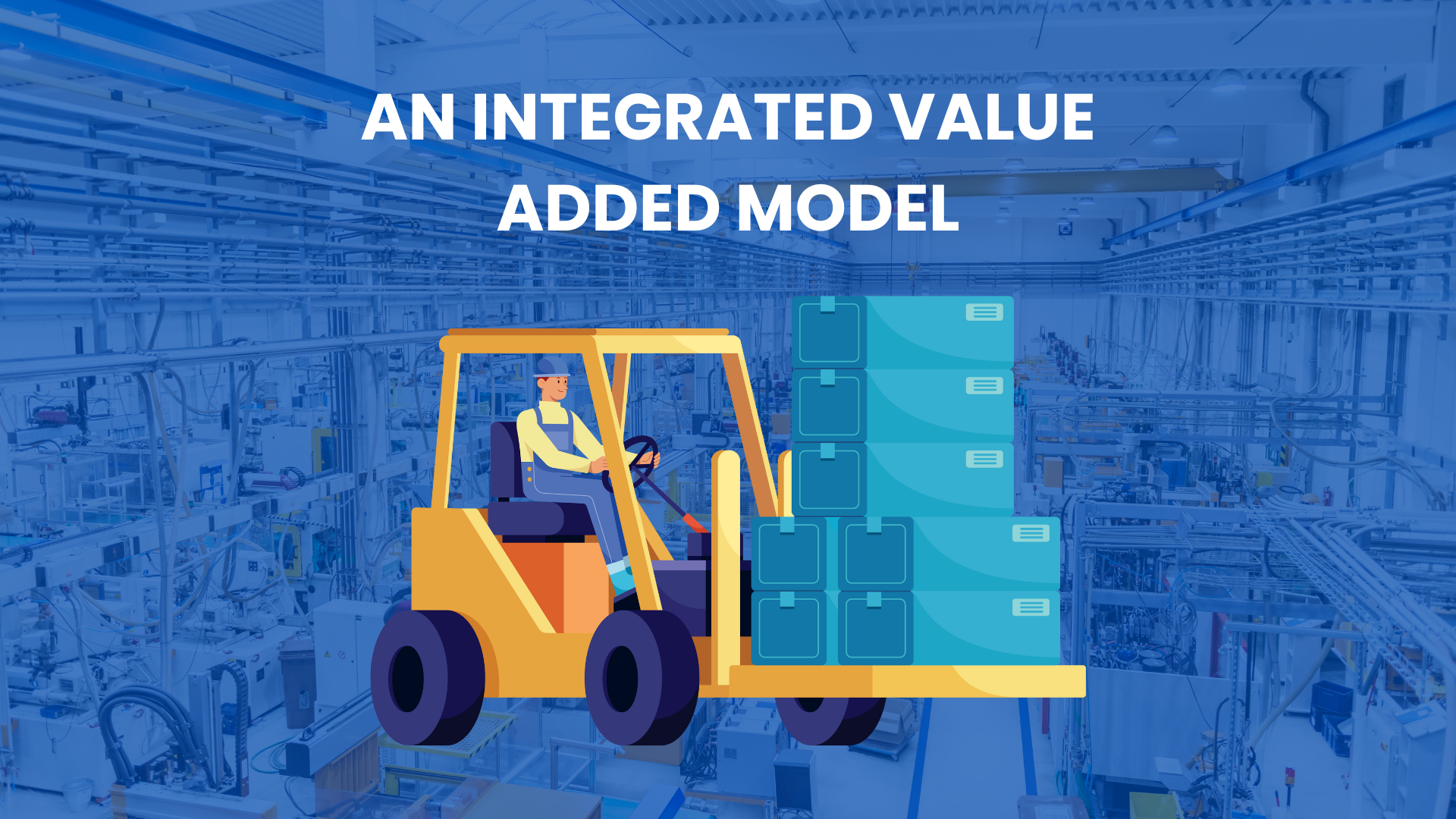
In an era defined by globalisation and digitisation, the landscape of manufacturing and service delivery is undergoing a critical transformation. Firms, both established and expanding, are compelled to adopt differentiated, modernised, and environmentally conscious techniques to stay competitive. The ethos of contemporary business demands not only efficiency but also eco-friendliness and continuous innovation. The leading companies are committed to offering solutions that go beyond products or services. They integrate technology, financial efficiency, sustainability, and innovation into every component of their operations, delivering what is termed as “high-value-added products.”
Central to this evolution is the concept of value-added, where companies strive to provide economics, commercial, technical, and social benefits to customers in exchange for their investments. In recent years, this model has expanded to encompass an environmental dimension, where green approaches enhance customer value and grant competitive advantages.
The benefits of an integrated value-added model depends on powerful supplier relationships. These partnerships are essential in ensuring efficient operations, better margins, and heightened economies of scale. By embracing greener practices such as Just-in-Time inventory systems and e-logistics, companies forge a path towards sustainability while enhancing their competitiveness.
Integrated solutions blur the lines between product-centricity and customer-centricity, extending the product lifecycle to encompass suppliers, delivery, and additional operations. This holistic approach, reinforced by stakeholder involvement, corporate social responsibility, and innovative project management, promotes seamless production processes from inception to delivery.
At the forefront of this evolution lies the Green Value Added (GVA) model, which combines traditional value-added principles with eco-efficient manufacturing practices. From recycling initiatives to eco-friendly designs, GVA runs through every aspect of the business, encouraging a culture of environmental management.
Integral to the success of an integrated value-added model is stakeholder satisfaction. By aligning business practices with community needs and promoting transparency, companies generate trust and competitive advantage. This approach not only reduces transaction costs but also enhances environmental efficiency, quality, and safety within manufacturing processes.
For small and medium enterprises (SMEs), incorporating an integrated value-added model is particularly transformative. Despite initial cost implications, the integration of eco-friendly practices and innovative designs drives SMEs towards greater competitiveness and attractiveness in the market.
As businesses navigate the complexities of integration, strategic steps are vital. From assessing internal environments to reengineering corporate activities, firms must lay the groundwork for sustainable corporate development. Monitoring mechanisms and digital innovation further secure the integration process, ensuring alignment with stakeholder needs and market dynamics.
In essence, the integrated value-added model represents not just a paradigm shift but a strategic necessity in modern business. By blending sustainability, innovation, and customer-centricity, companies unlock competitive advantages while working towards a more sustainable future for businesses and communities alike. As we navigate the complexities of globalisation and digitisation, adopting this ethos is a commitment to progress.
Find full White Paper here: An Integrated Value Added Model